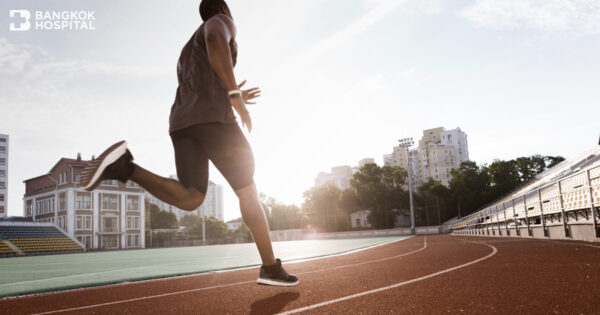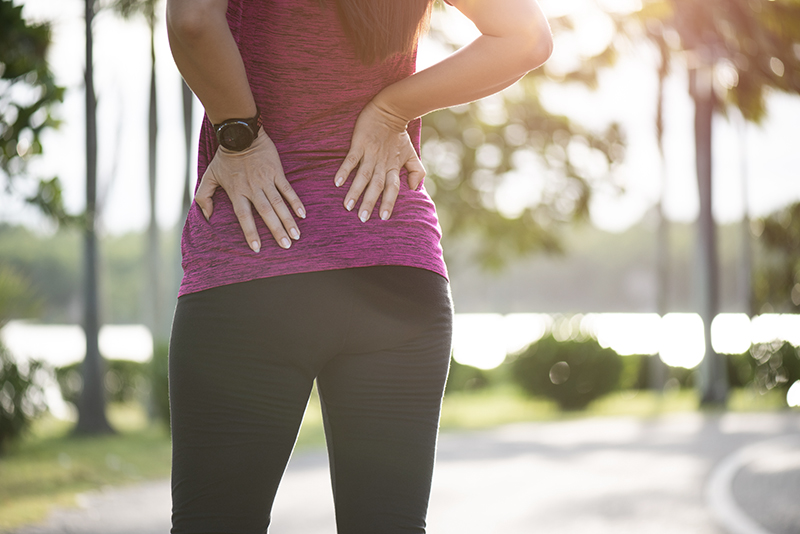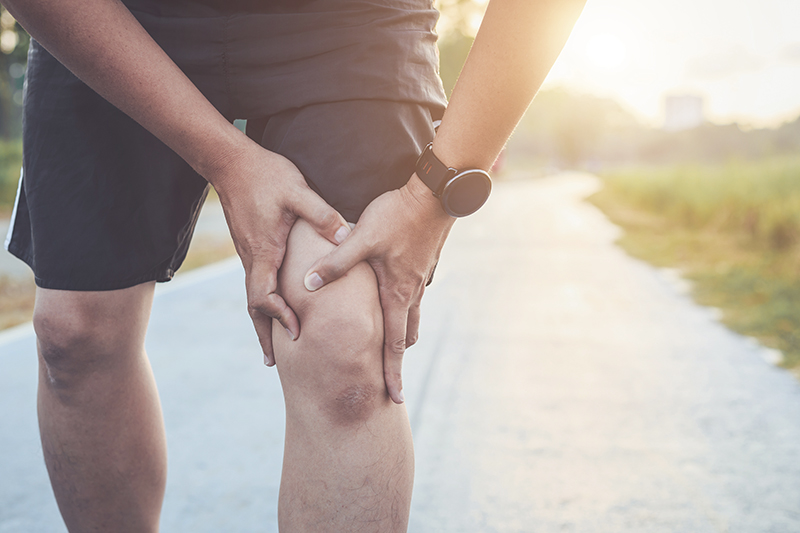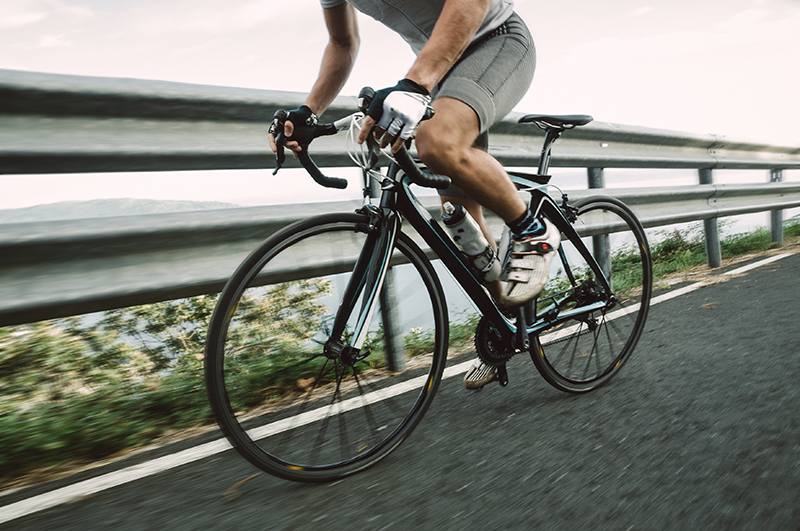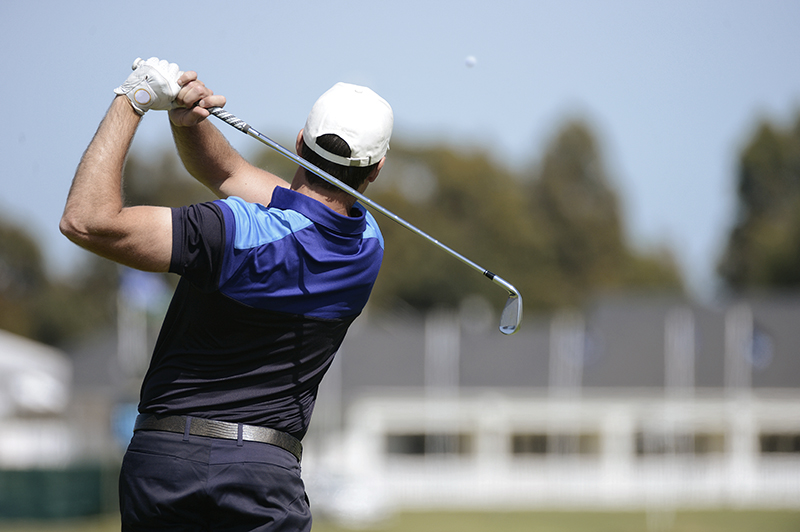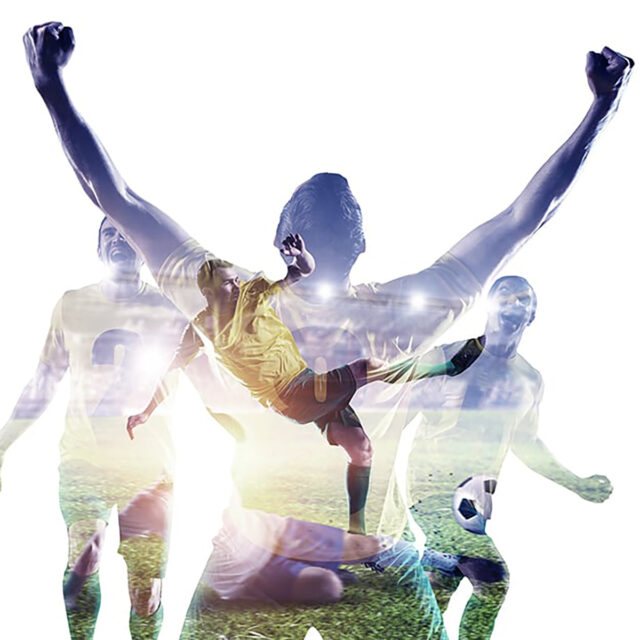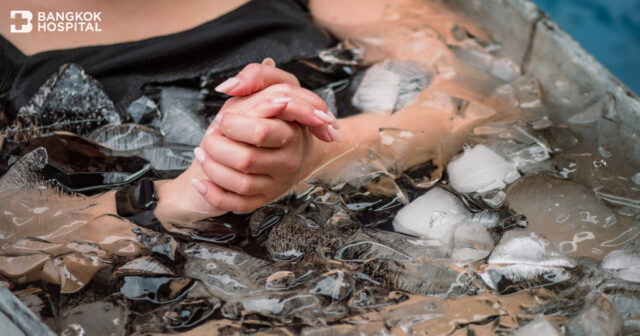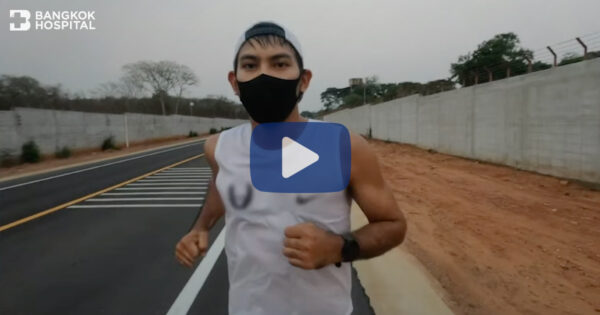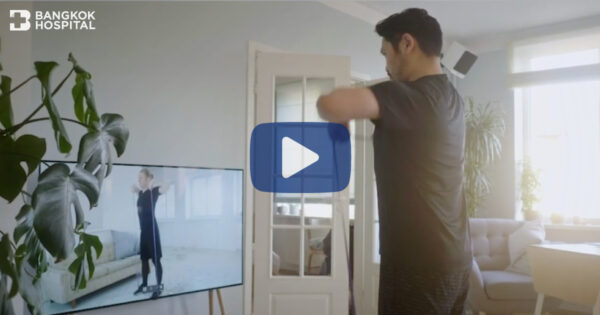Both contact and non-contact sports often cause common injuries including sprain, strain, bruises, bone dislocation, torn muscle or ligaments and fracture. Different sports have different types of injuries which require different care and treatment options. Most common areas that tend to be injured by sport-related activities include muscle, tendon, ligament, cartilage, bone, spinal disks, nerve and blood vessel. In general, sport injuries are more likely to affect the lower part of the body rather than the upper part. Since, sport injuries are inevitable, being aware of potential risks to develop injuries and following all instructions to prevent sport injuries are essentially vital.
Organs that are susceptible to get sports-related injuries
Certain organs that are more likely to be injured during sports or exercise include:
Shoulder
Shoulder injury is typically caused by high-energy impact, pulled shoulder or falling over during sports. Shoulder injury can subsequently lead to:
- Damaged joints due to swimming or sports that might require head contact.
- Injured tendon and tendon sheath in the upper arm caused by golf.
- Broken collarbone (clavicle fracture).
- Brachial plexus injury from weightlifting and contact sports.
- Radial nerve damage from gymnastics bars.
- Growth plate injury in athletes under 15 with shot putting.
Pelvic floor and hip
The injuries of pelvic floor and hips usually result in:
- Torn muscles and ligaments
- Muscle injuries from bowling and football
- Thigh bone pain caused by running, football (goalkeeper), dancing, walking and cycling.
- Inguinal hernia and umbilical hernia caused by weightlifting and shot putting.
Knee
The most common cause of knee injuries is falls with twisted joints. The injuries of knee might lead to:
- Injured muscle caused by jumping
- Degenerative ligament or tendon due to advanced age
- Joint dislocation or patella fracture (a break of the kneecap) from skiing, racing and football
- Tibial shaft fractures
- Knee ligament tear from football and skiing
- Cartilage or bone injury
- Meniscus tear in knee caused by football and skiing
- Cartilage injury caused by cycling
Hand and Wrist
The injuries of hand or wrist are common during sports and exercise. These hand and wrist injuries might lead to:
- Torn muscle in the fingers due to contact sport e.g. judo.
- Tendon and tendon sheath inflammation or tear from sailing and canoeing
- Finger injury from horse riding
- Finger joint injury caused by boxing
- Palm bone and finger bone injuries caused by boxing
- Fracture of bone that connects arm and hand
- Tendon and ligament injuries caused by gymnastics
- Nerve injury from fencing, cycling and punting
Elbow
The injuries elbow are caused by pulled elbow and commonly found in shot putting or throwing a discus. Elbow injuries might lead to:
- Muscle injury from shot putting, throwing a discus, golf, climbing and dart
- Fracture of radius bone (head or neck) caused by cycling
- Ulna fracture (forearm fracture) caused by direct impact
- Bone and joint injury from judo
- Growth plate injury in athletes under 15 with shot putting
- Ligament and tendon injury caused by throwing sports and sports with racquets
- Radial nerve injury from tennis
- Ulna nerve injury from contact sport
Foot and Ankle
Sprain and strain are one of the most common sport injuries which mainly happen to foot and ankle. Foot and ankle injuries might lead to:
- Sprained ankle
- Ligament and tendon tear in the foot
- Fracture of ankle caused by football and skiing
- A scaphoid (navicular) fracture from jumping
- Broken toe bones
- Repetitive injuries caused by running
Treatment options
There are different types of treatment for sport and fitness-related injuries which are entirely depending on types of injuries and severity. Treatments options range from oral medications, rehabilitation and surgery. It can be either monotherapy by using single approach or a combination. Since different patients might have different underlying conditions and individual’s factors, treatment plan should be individually designed as custom-made treatment. In addition, “targeted therapy” significantly helps to treat affected areas precisely and prevent any possible damages of the surrounding tissue, nerve and organs. Arthroscopic surgery is a minimally invasive surgical procedure that is considered a main targeted therapy for sport injury treatment. Superior advantages of arthroscopic surgery include smaller incisions, less pain and fewer post-operative complications such as less blood loss and lowered rates of infection. It eventually results in a faster recovery time and a quick return to daily life and activities. Besides expert and well-trained sports medicine doctors and multidisciplinary team specialized in sports medicine supported by cutting-edge technology, our world-class quality in sports medicine at Bangkok Academy of Sports and Exercise Medicine (BASEM) is internationally certified by FIFA as “FIFA Medical Center of Excellence”. We have fully qualified for this certification due to:
- Continuous research and training programs as well as knowledge competency in football.
- Knowledge exchange and international academic activities.
- Well-trained sports medicine doctors who are certified by FIFA.
- FIFA 11+ program which is preventive program for football players.
- Health promotion programs to enhance physical activity and fitness.
- Comprehensive care programs for national athletes, professional athletes and sport players in clubs or institutes.



